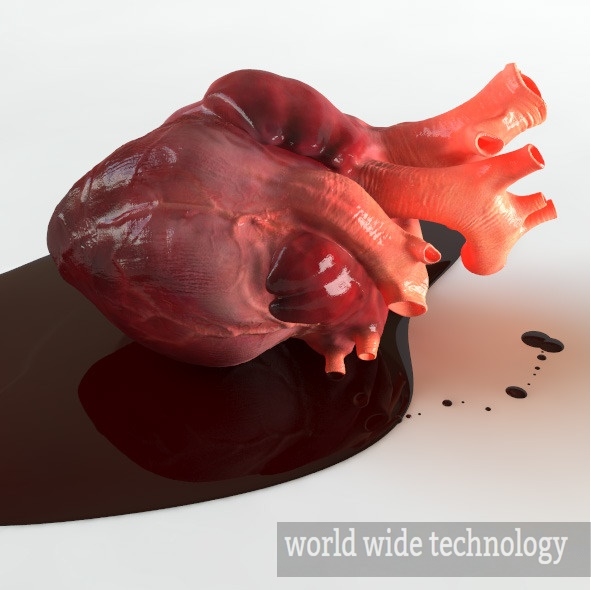3D modeling of human hearts.
 |
| Let's know about 3D modeling of human hearts. |
Dr. Julius Guccione (50), cardiac researcher at the University of California, became fascinated the first time he saw a virtual image of a beating heart. He was already using mathematical models to investigate the heart throughout his entire career, but then Dassault Systemes, a French software company design and simulation, created a complete 3D image of the electrical impulses and contractions that allow the heart to function .
"This is something doctors try from before the twentieth century," he enthuses. The construction of a beating heart in 3D gives doctors hope someday to diagnose and treat according to the only forces at work in each case, and even try open heart surgery before opening the patient's chest .
"At the heart tissue no one: there is also power. I liken it to a machine, "said Bernard Charles, Dassault Systemes CEO, a company that creates digital models of machines like airplanes and cars for over 30 years.
As the Living Heart Project Charles, 56 suggests, he is leading the company in new directions as part of a plan to double revenues in five years. Rather than just sell software for designers and manufacturers, Dassault Systèmes wants to be a "company of 3D experiences" whose simulation technology can be applied to almost anything.
"If you can imagine it, you can simulate it," says Steve Levine, director of Strategy Simulia, Dassault Systèmes division led by the Living Heart project. Levine admits that it is necessary to have good data to generate an accurate simulation. For the Living Heart project, Dassault Systèmes geometric data compiled on the electrical and mechanical properties of the heart and gathered in a huge database.
The next step: custom 3D hearts. The idea is that doctors take the normal beating pattern of Dassault Systemes and modify it to reflect the behavior of a particular heart as detected by magnetic resonance or echocardiogram.
Hoping to enjoy this article. Read more:-
0 comments:
Post a Comment